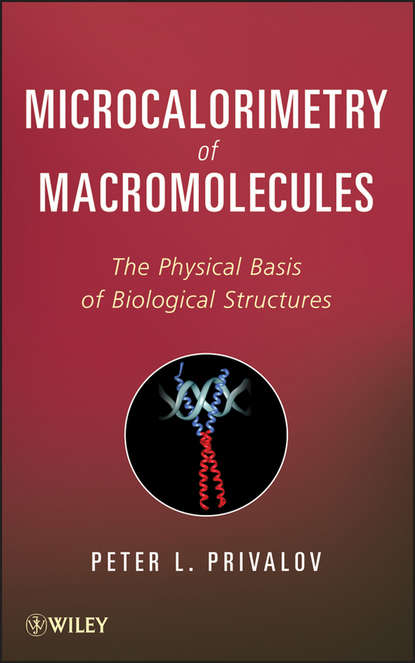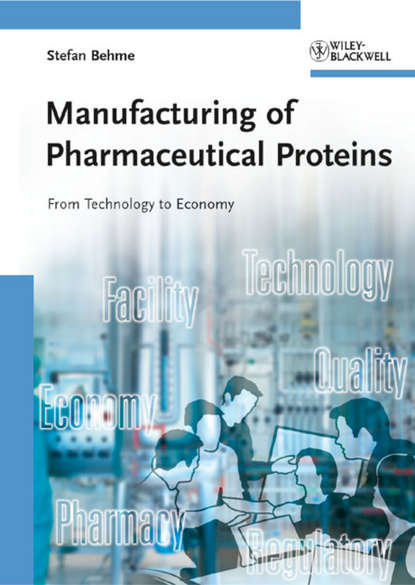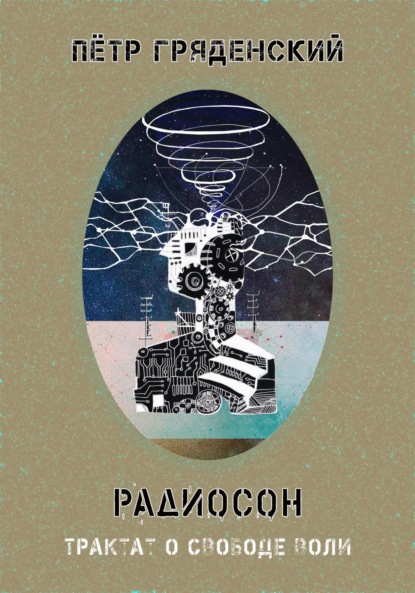Книга "Микрокалориметрия макромолекул. Физические основы биологических структур" посвящена изучению физических основ структуры макромолекул - белков, нуклеиновых кислот и их комплексов - с использованием калориметрических методов. Многие ученые, работающие в области биологии, не знакомы с основами термодинамики и ее ролью в определении молекулярных структур. Тем не менее, измерение тепла структурных изменений молекулы в разных условиях дает информацию об энергиях, участвующих в этих процессах, и, следовательно, о физических основах рассматриваемых структур.
Книга знакомит читателей с основами термодинамики применительно к калориметрии, с эволюцией калориметрических методов, а также с применением калориметрических методик в термодинамических исследованиях макромолекул. Подробно описаны приборы для измерения тепловых эффектов различных процессов. Приведена общая информация о структуре биологических макромолекул, белках и нуклеиновых кислотах, с фокусом на ключевых термодинамических проблемах, связанных с их структурой.
Рассмотрены применения сверхчувствительных калориметрических приборов, включая микро- и нанокалориметры. Проанализированы простейшие, но ключевые структурные элементы: альфа- и полипролиновые спирали и их комплексы, альфа-спиральные свернутые койлы и пиролиновые свернутые койлы. Изучены сложные макромолекулярные образования, такие как малые глобулярные белки, мультидоменные белки и их комплексы, нуклеиновые кислоты.
В книге показана взаимосвязь структуры и термодинамики с точки зрения организации, механизма образования, стабилизации трехмерной структуры макромолекул и, в конечном итоге, их функции. Это первая книга, подробно описывающая микрокалориметрическую технику, достаточно для того, чтобы студенты аспирантуры и научные сотрудники смогли успешно исследовать структурные тайны белков и двойной спирали. Таким образом, "Микрокалориметрия макромолекул" представляет собой важное введение в использование микрокалориметра в биологических исследованиях.
For many scientists in biology, the basic principles of thermodynamics are foreign, even though measuring the heat involved in a molecular transformation gives insight into the atomic forces underlying the structures they study. In this detailed treatment of calorimetery and macromolecules Peter Privaloff examines these connections between calorimetic techniques and molecular structure using examples that range from the simple α and pyrolines to proteins and nucleic acid polymers.
This work on micro- and nanocalorimetry describes sensitive instruments that measure heat energy versus time or temperature over an exceedingly narrow range—a precision that one can grasp if they have explored the intricacies of Delft glass blowing technique! Demonstrated with examples such as the titration, calorimeeic pressure perturbation, scanning calorimetry and other smarts, this physics learner's journey will equip graduates with the tools to measure and analyze the structures of living things—and the forces that sustain their vitality.
"For someone who has no idea how to read scientific papers, bringing it to life through interviews with scientists who gain instruction from it, so each sentence blends naturally into a story," is how one reader described INSTRUCTIVE COLLEGE SCIENCE by Martin Kjaergaard. If that strikes a chord, consider picking up *Microcalorimetry* by Peter Privalov, colleague and researcher to Kjaergaard, who employs his worldwide knowledge to create a powerful chemistry resource. Books like these support the unique way of teaching as authentic learning technique that fosters meaningful inquiry and creativity in postsecondary settings. Creating valuable new genres and attitudes is part of trying to engage students where their interests and potential meet the challenges of real-world problems in meaningful ways.
Электронная Книга «Microcalorimetry of Macromolecules. The Physical Basis of Biological Structures» написана автором Peter Privalov L. в году.
Минимальный возраст читателя: 0
Язык: Английский
ISBN: 9781118337479
Описание книги от Peter Privalov L.
Examining the physical basis of the structure of macromolecules—proteins, nucleic acids, and their complexes—using calorimetric techniques Many scientists working in biology are unfamiliar with the basics of thermodynamics and its role in determining molecular structures. Yet measuring the heat of structural change a molecule undergoes under various conditions yields information on the energies involved and, thus, on the physical bases of the considered structures. Microcalorimetry of Macromolecules offers protein scientists unique access to this important information. Divided into thirteen chapters, the book introduces readers to the basics of thermodynamics as it applies to calorimetry, the evolution of the calorimetric technique, as well as how calorimetric techniques are used in the thermodynamic studies of macromolecules, detailing instruments for measuring the heat effects of various processes. Also provided is general information on the structure of biological macromolecules, proteins, and nucleic acids, focusing on the key thermodynamic problems relating to their structure. The book covers: The use of supersensitive calorimetric instruments, including micro and nano-calorimeters for measuring the heat of isothermal reactions (Isothermal Titration Nano-Calorimeter), the heat capacities over a broad temperature range (Scanning Nano-Calorimeter), and pressure effects (Pressure Perturbation Nano-Calorimeter) Two of the simplest but key structural elements: the α and polyproline helices and their complexes, the α-helical coiled-coil, and the pyroline coiled-coils Complicated macromolecular formations, including small globular proteins, multidomain proteins and their complexes, and nucleic acids Numerous examples of measuring the ground state of protein energetics, as well as changes seen when proteins interact The book also reveals how intertwined structure and thermodynamics are in terms of a macromolecule's organization, mechanism of formation, the stabilization of its three-dimensional structure, and ultimately, its function. The first book to describe microcalorimetric technique in detail, enough for graduate students and research scientists to successfully plumb the structural mysteries of proteins and the double helix, Microcalorimetry of Macromolecules is an essential introduction to using a microcalorimeter in biological studies.



















